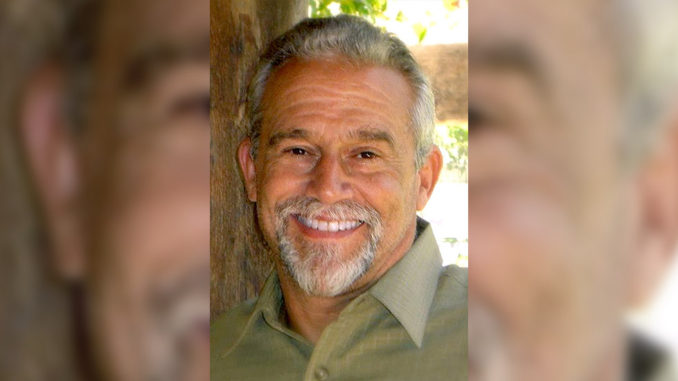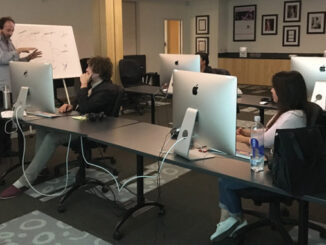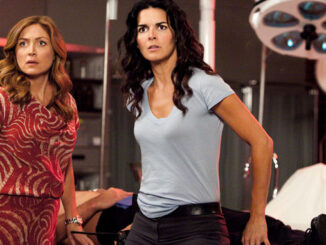
by Laura Almo
While production on the Fringe pilot was taking place in Toronto, editor Russ Denove was back at Warner Bros. in Burbank, cutting the dailies. Using the sophisticated and hyper-secure PIX system, the transfer of footage was seamless. Footage was telecined in Toronto, put on the PIX pipeline, and within a day Denove was able to edit as though the production was taking place down the street. He spoke to CineMontage briefly and reflected on editing the Fringe pilot.
CineMontage: How did you get attached to the Fringe pilot?
Russ Denove: The director, Alex Graves, and I have worked together in the past on TV shows and series. He was chosen to direct and he picked me to edit.
CM: The production took place in Toronto, you were in Los Angeles; talk about editing long distance.
RD: We set up our workweek to be Monday to Monday. On Mondays I would send everything that was cut up to that point on the PIX. For the next week, I would cut the incoming dailies, and when I had some time, I would go back and work on the modifications. The following Monday, Alex would see everything from the previous Monday reconfigured, along with the new stuff. When it’s on PIX, it’s like e-mail––they can choose when to read or watch it. This really opened the doors to working with the director on a weekly basis without having to turn changes around right away.
CM: What were some of the storytelling and editing challenges of the pilot?
RD: Trying to keep a certain level of ambiguity going in terms of characters, their motivations and their reasons for doing things.
“The best thing about editing a pilot is that everybody’s focused on the one thing––the pilot.” – Russ Denove
CM: How do you cut a scene to make it more ambiguous?
RD: Putting a lot of what you would call direct exposition more into the margin and not having everything be so up front and clear. For example, you’re not using the reaction shot that says, “I get what this guy is talking about, I know who this guy is.” You’re using a shot that says, “I’m not sure what’s going on here.” Using more profile shots that don’t give things away as much as they could.
CM: Why are you not working on the series?
RD: I had a prior commitment working on an independent film that started up in the next month and which I’m still on now––and they of course had to move on and pick their people for the series.
CM: What’s the difference between editing a pilot and a series?
RD: The best thing about editing a pilot is that everybody’s focused on the one thing––the pilot. The producers are not in the middle of production on one episode with two or three additional episodes in post-production. For the editor, who just sits and focuses, it’s a blessing when people around you care about the one thing that’s right in front of them.






